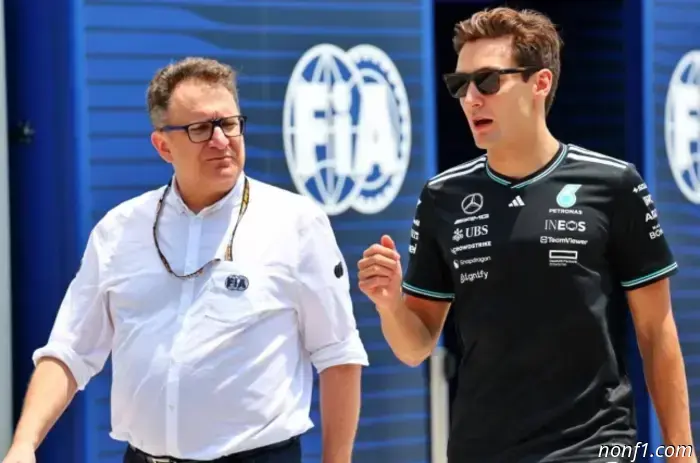
Tombasis: Adapting to change will take time.
Racers fear that driving new-generation cars, which Formula 1 will switch to in 2026, will be much less interesting and fun, and the pleasure of working behind the wheel will be much diminished compared to now.
At least, that was their first impression, gained from simulators – as Max Verstappen, Charles Leclerc, and Lance Stroll mentioned.
On one hand, according to FIA calculations, speeds should not decrease noticeably, and on average, lap times at the start of the season will be roughly one second slower. But since both the chassis and power units will change conceptually, the behavior of the new cars will alter quite significantly.
Downforce will decrease, allowing for higher speeds on straights; however, braking zones will become longer – partly to enable more efficient energy recovery and charging of larger batteries. Naturally, this will result in more time spent navigating turns.
“New trends are somewhat less appealing to us, the drivers, and overall, driving delivers less enjoyment,” – these words from Leclerc accurately reflect the general opinion.
However, discussions surrounding the 2026 regulations and potential adjustments continue, and Nicolas Tombasis, FIA Director for single-seater racing, commented on the situation for The Race.
“Drivers have developed a very strong habit of a certain optimum, how things are currently, and any deviations from that seem a bit strange to them,” he stated. “Certainly, a significant part of the regulation focuses on controlling energy consumption, but we are working closely with teams to make this process as clear as possible for the driver.
Additionally, factor into this the fact that we are changing the technical regulations, mainly emphasizing aerodynamic flexibility, and paying great attention to aspects like efficient energy use. This needs to be highlighted.
Some drivers have familiarized themselves (on simulators) with the behavior of cars prepared according to previous versions of the 2026 regulations, while others have already dealt with later versions. We have heard positive assessments from some drivers—they didn’t notice any changes that could be described as entirely negative.
Overall, the importance of a rational approach to energy expenditure is certainly increasing. This is because the electric component of the power unit will become more powerful. Ultimately, we believe the balance between these factors and pure racing driving will be more or less acceptable.”
But the question arises: to what extent will the race results depend on the skill of the individual driver? An interesting twist is possible if it turns out that the new-generation cars give drivers the opportunity to showcase their individual qualities more fully.
Essentially, the cars currently used allow drivers, thanks to ground effects, to take the famous corners at Silverstone at full throttle. As for the 2026 cars, however, as one unnamed team leader told The Race, mere bravery alone will no longer suffice in driving them: tackling turns like Abbey/Farm, Copse, and Maggots/Becketts at full speed will no longer be possible.
“We definitely agree with that,” said Tombasis. “Of course, there are many corners now that can be taken without reducing speed, and which can already be called turns, but this will change. We believe talented drivers will have an advantage.
Of course, when a driver gets behind the wheel of a car that isn’t as effective in turns, he probably won’t say that he likes it. But the same was said by drivers in 2022. There’s no need to be surprised by this; I don’t want to come across as someone dismissing others’ opinions. We have listened to many, and in response to drivers’ comments, we have done extensive work to adjust our approach to energy management.
I don’t think we will ever hear claims that everything is perfect – simply because changes are happening. Consequently, some time will be needed to adapt to them.”

Other articles
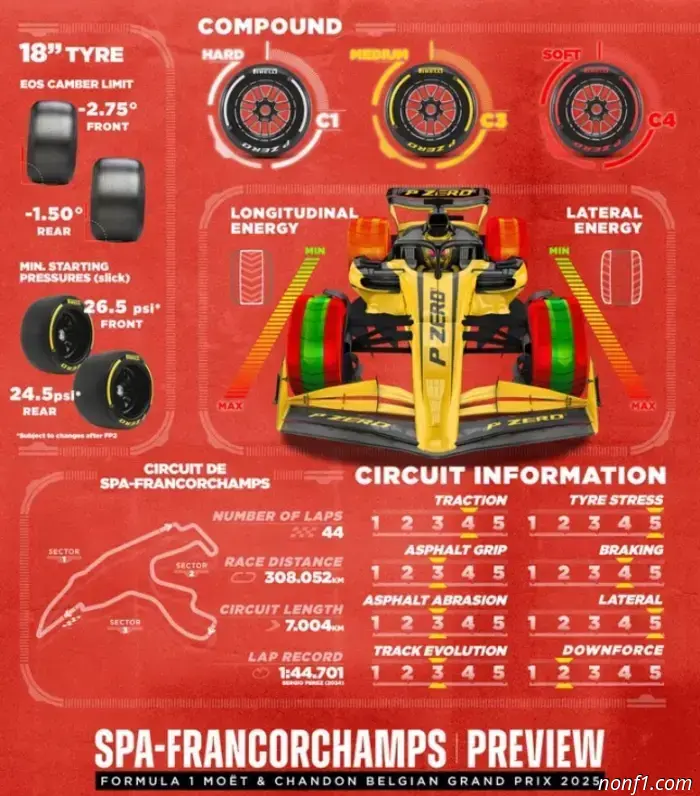 Choosing rubber compositions for the Spa is not the most usual.
Choosing tires for the Belgian stage is not the most conventional: the compositions are not selected in a consistent manner...
Choosing rubber compositions for the Spa is not the most usual.
Choosing tires for the Belgian stage is not the most conventional: the compositions are not selected in a consistent manner...
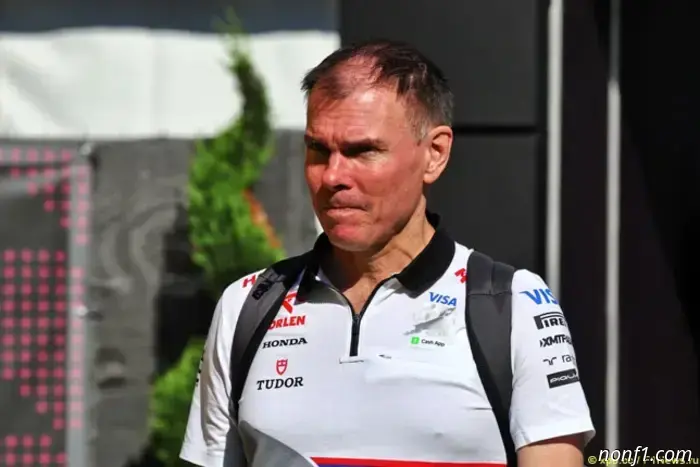 Alan Permain: I was shocked and proud of the appointment.
The upcoming Belgian Grand Prix will be Alan Permain's first event as the head of Racing Bulls. In a recent interview, the British specialist discussed the direction in which he plans to develop the Faenza-based team.
Alan Permain: I was shocked and proud of the appointment.
The upcoming Belgian Grand Prix will be Alan Permain's first event as the head of Racing Bulls. In a recent interview, the British specialist discussed the direction in which he plans to develop the Faenza-based team.
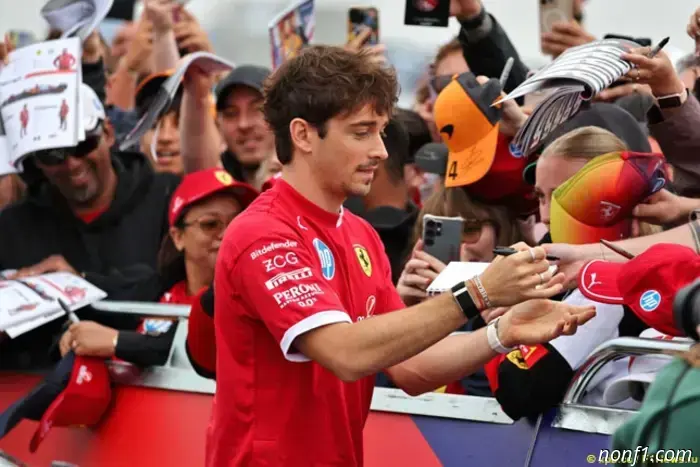 Belgian Grand Prix: Forecast Competition Stage
The acceptance of predictions for the Belgian Grand Prix results in our Contest is ongoing.
Belgian Grand Prix: Forecast Competition Stage
The acceptance of predictions for the Belgian Grand Prix results in our Contest is ongoing.
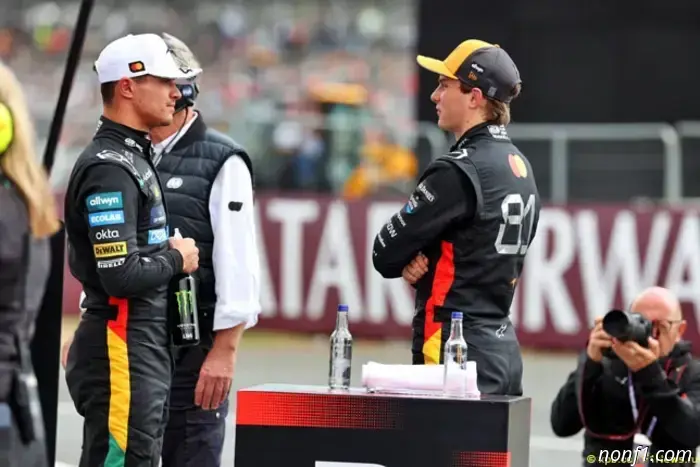 Belgian Grand Prix: Bookmakers' Bets
Bookmakers have published their betting odds for winning the British Grand Prix.
Belgian Grand Prix: Bookmakers' Bets
Bookmakers have published their betting odds for winning the British Grand Prix.
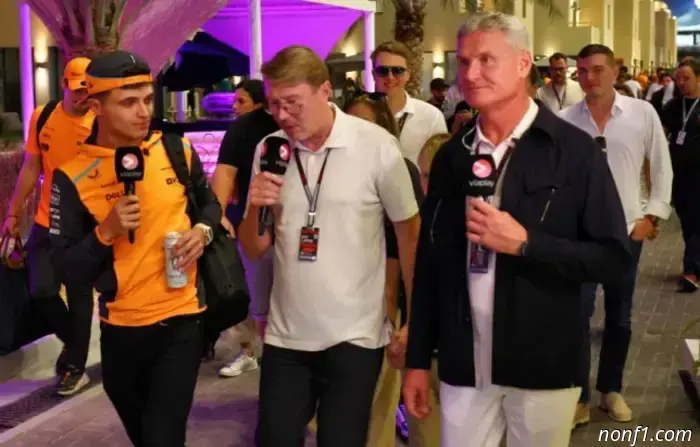 Kulthard: For an ideal scenario, Ferrari should be added.
David Coulthard, a former racing driver who competed for McLaren, is following the rivalry between Oscar Piastri and Lando Norris with interest, and he really likes how the season is unfolding...
Kulthard: For an ideal scenario, Ferrari should be added.
David Coulthard, a former racing driver who competed for McLaren, is following the rivalry between Oscar Piastri and Lando Norris with interest, and he really likes how the season is unfolding...
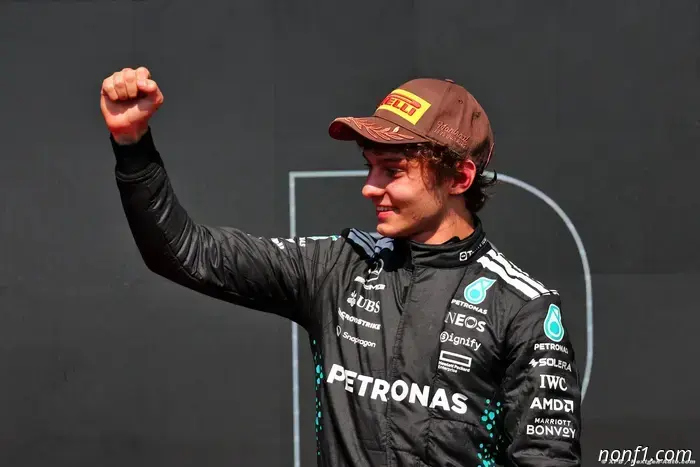 Antonelli felt 'disappointed' after achieving his first F1 podium.
Formula 1 | A speculated loan agreement with Alpine would represent a setback in Kimi Antonelli's aspirations. Reports suggest that Max Verstappen has had a meeting with Toto Wolff while (…)
Antonelli felt 'disappointed' after achieving his first F1 podium.
Formula 1 | A speculated loan agreement with Alpine would represent a setback in Kimi Antonelli's aspirations. Reports suggest that Max Verstappen has had a meeting with Toto Wolff while (…)
Tombasis: Adapting to change will take time.
The FIA Director of Single-Seater Racing commented on the drivers' initial impressions of the new-generation technology...
